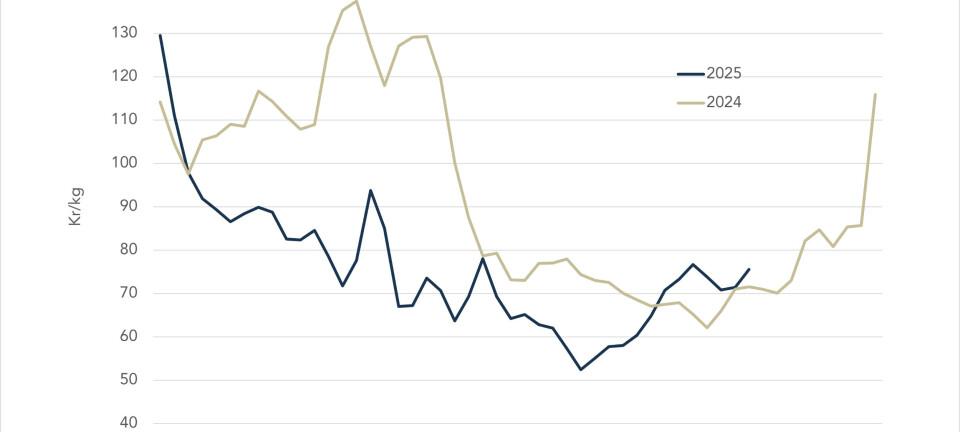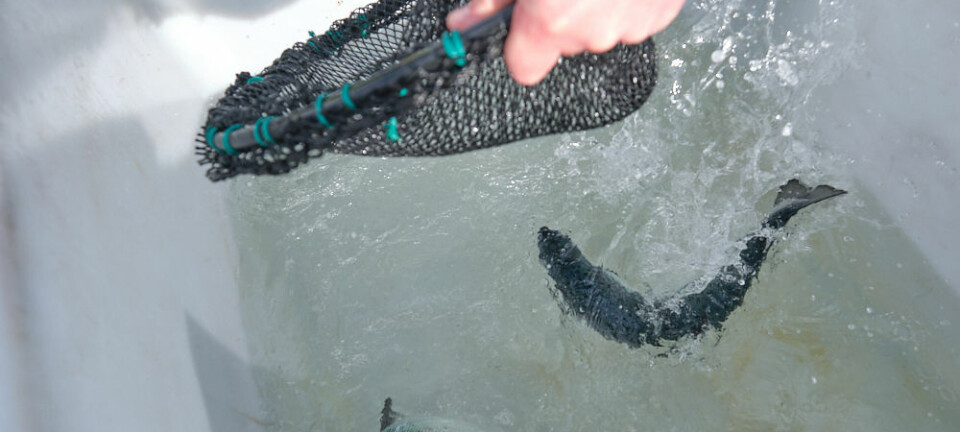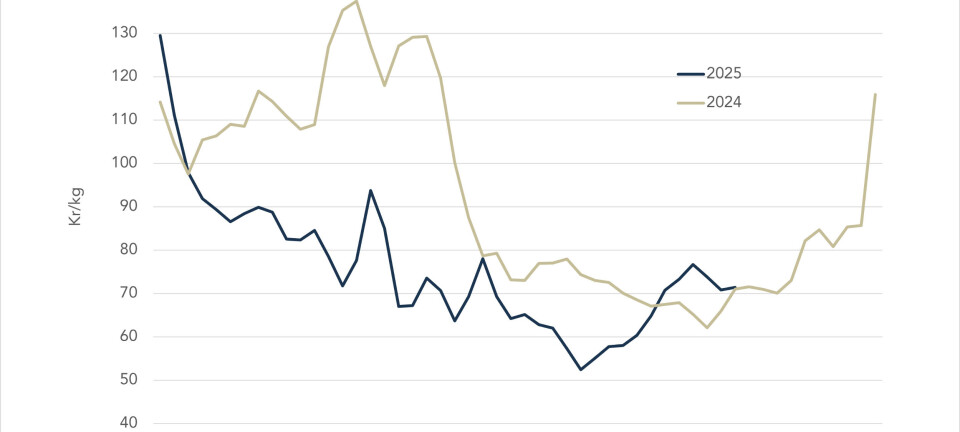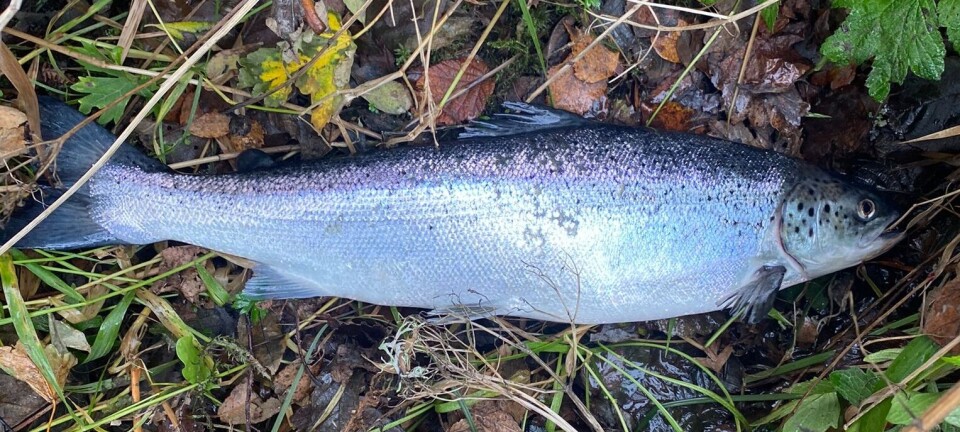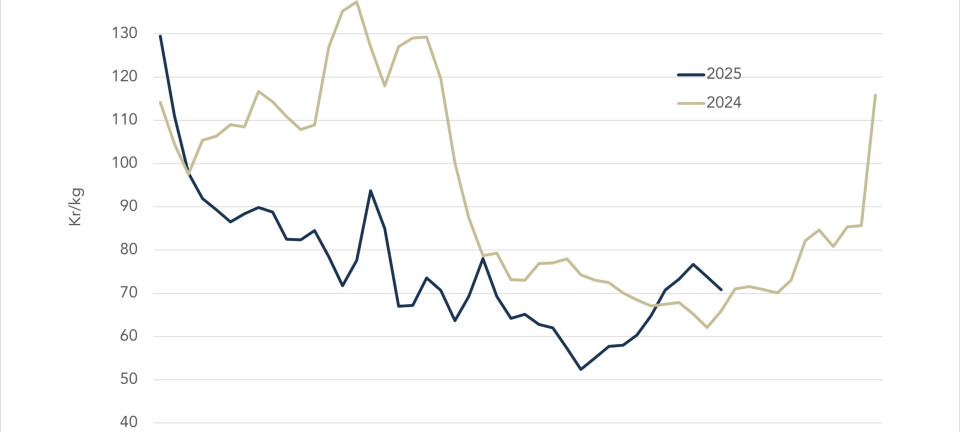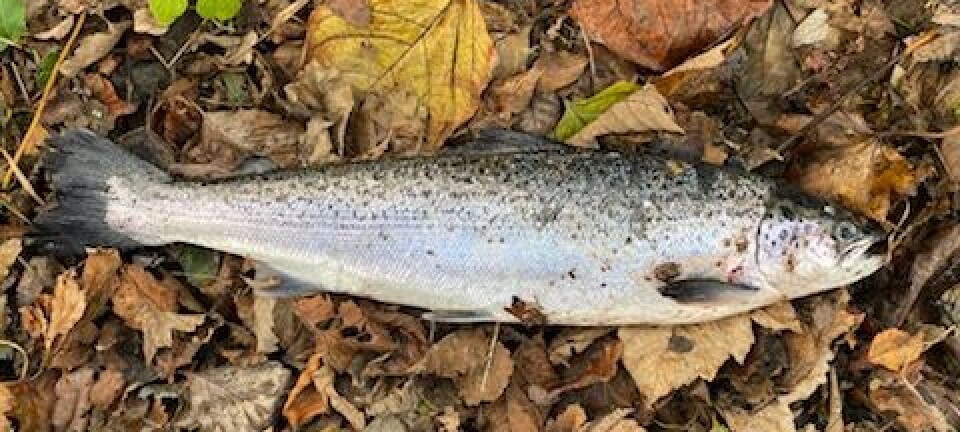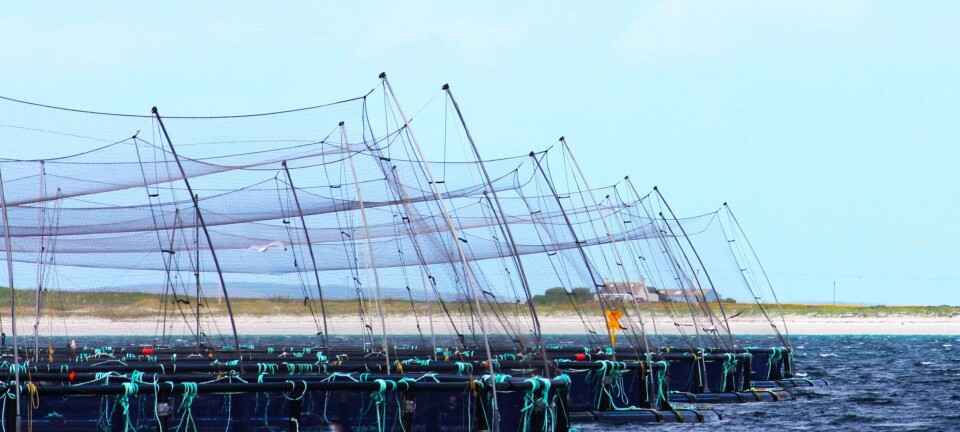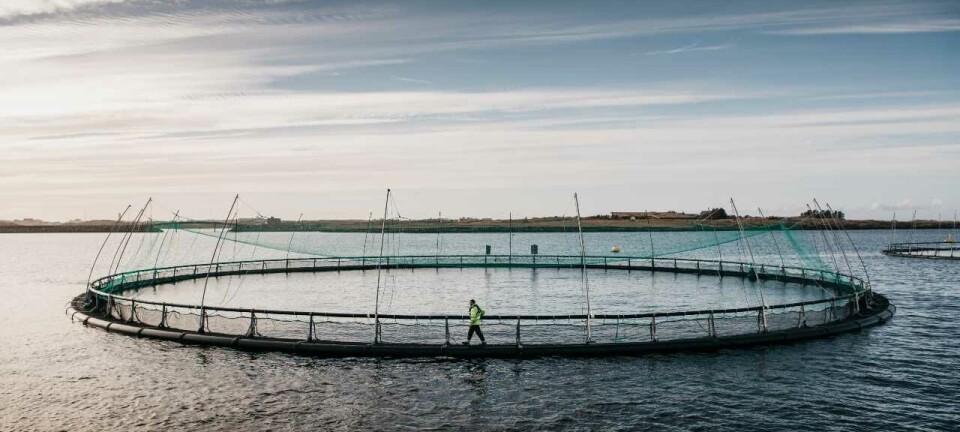
Tilapia is still a sensible protein source
USA: Over the summer there has been a lot written in media about the consumption of tilapia being less beneficial to peoples' health compared to other fish. Even an article in the Journal of the American Dietetic Association supported this view.
The reason, the various writers and commentators said, was that tilapia has lower levels of omega-3 and an increased ratio of omega-6 to omega-3.
In an article in EndocrineToday.com, an on-line publication of news on diabetes and endocrine disorders, Dr. Thomas Repas claim that the media, lay public and some health professionals have misinterpreted the lower levels of omega-3 and the ratio between omga-6 and omega-3 to mean that tilapia is unhealthy. Dr. Repas says "nothing is further from the truth".
The American Heart Association and others have for years advocated the use of omega-3 fatty acids to fight cardiovascular problems. The best natural source is fatty cold-water ocean fish, such as sardines, herring, mackerel and salmon. It is recommended that people eat 1-2 meals per week that include fatty cold-water fish.
Though Dr. Repas agree that tilapia does not contain the same high levels of healthy fatty acids, it is still an important substitute for other unhealthy fatty protein sources. One 100 grams serving of tilapia contains less than1 gram of saturated fat. In comparison, the same amount of roasted chicken breast contains at least 2 grams and 6 grams in broiled hamburgers.
Despite tilapia being low in fat, the same 100 gram serving contains up to 100 mg of omega-3. The average daily consumption of EPA and DHA in the US is only between 100 mg and 200 mg.
Dr. Repas concluded that "by replacing other less healthy, higher fat sources of protein, tilapia and other freshwater fish still have a place in our diet." He continued that "it is absurd to frighten people about tilapia while at the same time they do not think twice about consuming fast food."





